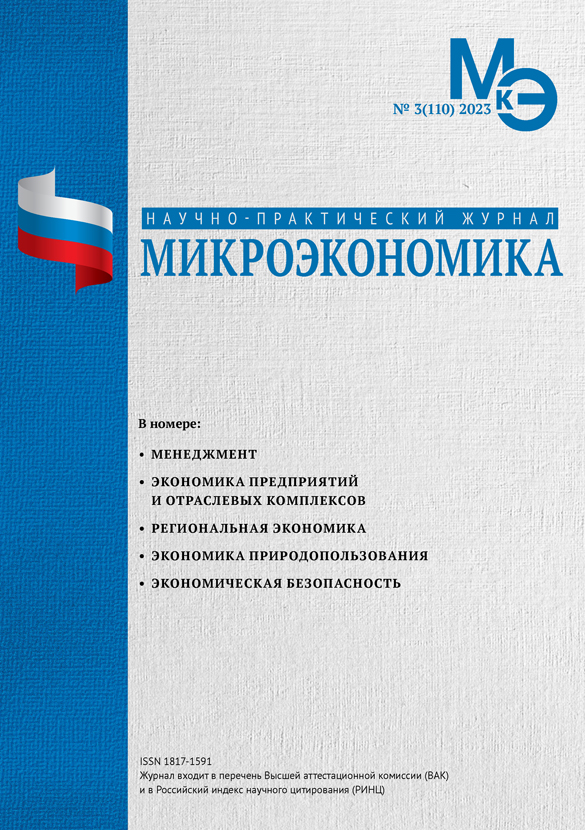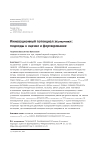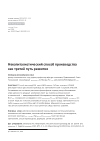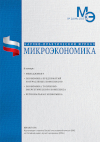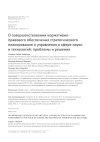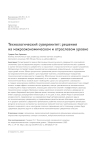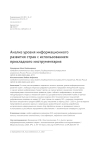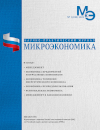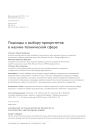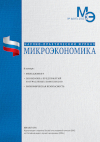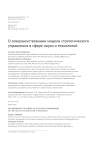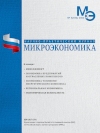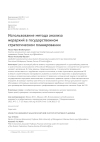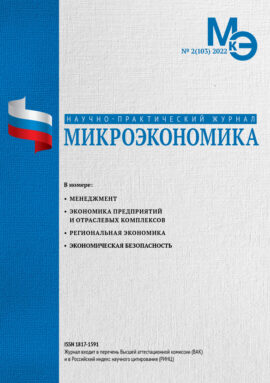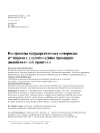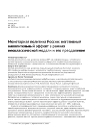Innovative potential of the economy: approaches to assessment and formation
DOI: 10.33917/mic-3.110.2023.12-23
The paper examines the issue of determining the innovative potential of the economy at various levels of its organization – firms, branches of the macrosystem. The purpose of the study is to summarize the main methods for measuring and forming innovative potential, as the most important condition for measuring innovative development. The methodology consists of the theory of innovative and technological development, comparative analysis, methods for measuring innovative potential, generalizations and taxonomy. The general result of the analysis is the substantiation of the position that it is difficult to imagine the growth of the innovative potential of the economy outside the effective interaction of the production, scientific and technical and management systems. Methods for measuring innovative potential according to various criteria are typified within the framework of the resource and effective basic approaches. The results are of theoretical and methodological significance, since they demonstrate what negative and positive characteristics have absolute, relative and integral, as well as rating indicators for assessing innovative potential. The author also gives an updated definition of innovation potential within the framework of the resource approach as the presence of unused estimated resources that provide or potentially affect the innovation process. As a result, a conclusion is made about the ambiguity of assessing the innovative potential and the limitations of each of the approaches developed so far. This outlines the prospect for further research on the theory of socio-economic potential, where innovation potential can be considered as an integral part.
References:
1.Babkin A.V., Zdolnikova S.V. Methodology for assessing the innovative potential of integrated industrial structures. Economics and Management. 2017;8 (142):54-66. (In Russ.).
2. Glazunova V.V. Modern problems in assessing the innovative potential of organizations. Internet journal «NAUKOVEDENIE». 2016;8(1). (In Russ.). URL: http://naukovedenie.ru/PDF/78EVN116.pdf
3. Divaeva E.A. Fundamentals of assessing the level of innovative potential and assessing its level: Monograph. M.: Paleotype, 2007. 144 p.
4. Zhits G.I. Abilities for the implementation of opportunities: continuation of discussions about the methodology for assessing the innovative potential of socio-economic systems of various levels of complexity. Innovations. 2008;8 (118): 75-78. (In Russ.).
5. Kuzin N.A. Classification of innovations in the modern economy. Eurasian Union of Scientists. 2015;9-1 (18):56-60. (In Russ.).
6. Maskaikin E.P., Artser T.V. Innovative potential of the region: essence, structure, assessment methodology and development directions. Bulletin of the South Ural State University. 2009;21 (154):47-53. (In Russ.).
7. Muller V.K. English-Russian dictionary. M.: State publishing house of foreign and national dictionaries, 1963. 1192 p.
8. Ozhegov S.I. Dictionary of the Russian language / edited by Shvedova N.Yu. M.: Russian language, 1987. 798 p.


